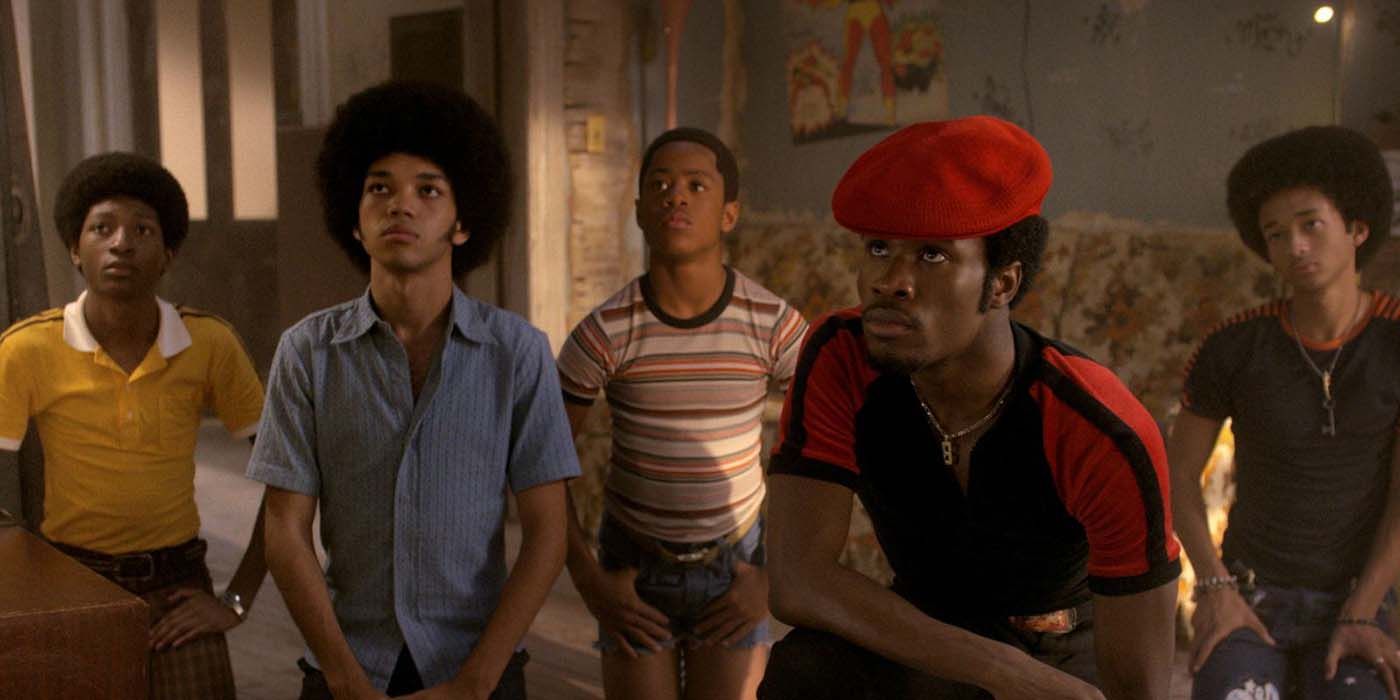Netflix chief content officer Ted Sarandos defends cancelling Baz Luhrman's The Get Down and the Wachowskis' Sense8 due to high costs and low viewership. The streaming service kicked off their original programming venture in 2013 with the premiere of House of Cards season 1, followed later that year by Orange is the New Black, and many more. Netflix has since expanded their catalog of original content to include all manner of TV series and movies. Additionally, the streaming giant has gained a reputation for saving or reviving beloved TV shows that were cancelled elsewhere, including Arrested Development, Longmire, and Gilmore Girls.
As the service's lineup of original series grew, Netflix continued greenlighting new programs despite the fact that they rarely cancelled any shows that had already premiered. It wasn't until last month that the streaming service made their first high-profile cancellation, when Netflix axed The Get Down after one season. A few days later, Netflix announced they'd cancelled Sense8 after two seasons and a movie-length Christmas special. Now, one Netflix boss explains the decisions they made.
Netflix chief content officer Ted Sarandos spoke at the PGA's Produced By conference this weekend, as reported by Variety. During a conversation with Jerry Seinfeld - whose hit webseries Comedians in Cars Getting Coffee is moving to the streaming service - Sarandos explained that the cancellations of The Get Down and Sense8 ultimately came down to economics:
Relative to what you spent, are people watching it? That is pretty traditional. When I say that, a big expensive show for a huge audience is great. A big, expensive show for a tiny audience is hard even in our model to make that work very long.
Of course, Netflix notoriously doesn't reveal any kind of viewership numbers for its original series, since they aren't monitored in the same way as typical broadcast television programming. Most viewership data for Netflix shows is released by third-party companies, and the streaming service has often denied this information is accurate. Still, we do know The Get Down and Sense8 were among the streaming giant's most expensive series to produce - Variety reports the former cost $12 million an episode while the latter cost $9 million. According to The Wrap's report on Sarandos' discussion, he said the viewership data available to Netflix didn't justify spending that much money on these series:
We couldn’t support those economics. If you put all your money into something that a very few people are watching, eventually you’ll have nothing for people to watch. … But relative to what it cost to make [The Get Down], we couldn’t put together enough audience to support those economics. … Similarly, the audience [for Sense8] was very passionate but just not large enough to support the economics of something that big, even in our platform.
As Sarandos indicates, we may not know the specific number of viewers for each series, but in the wake of Netflix canceling Sense8, fans rallied around the show and campaigned for the streaming service to either revisit their decision or conclude the storyline some other way. Netflix issued an official statement that it wouldn't be reviving Sense8 in any form and Sarandos' comments explain that the company simply can't justify spending money on the expensive series - though that likely won't offer any comfort to fans.
Beyond The Get Down and Sense8, Netflix CEO Reed Hasting recently spoke about aiming for a higher cancel rate for Netflix original series. These comments, along with Sarandos', indicate there will be more cancellations at Netflix, though it remains to be seen which shows will get the ax.


